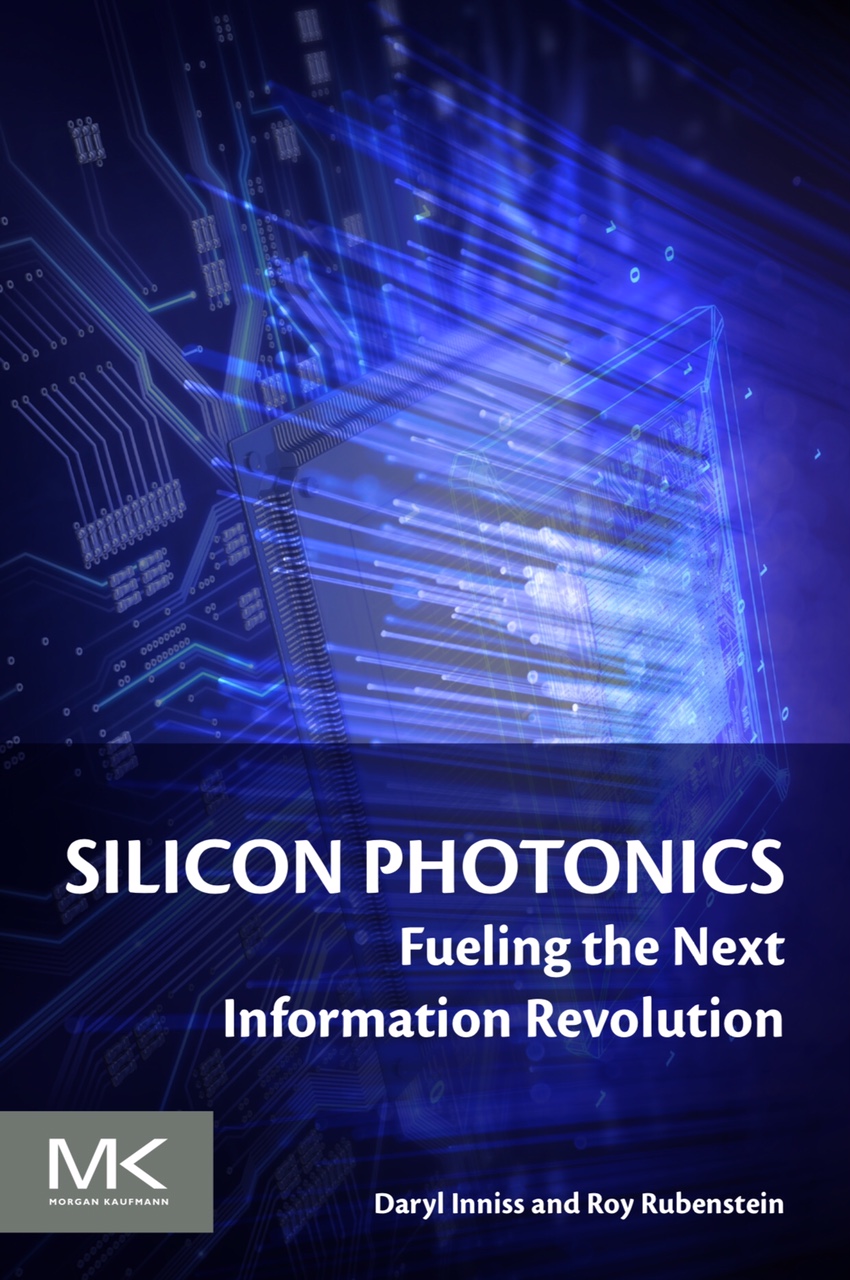Verizon plans coherent-optimised routes
 Thursday, March 4, 2010 at 9:07AM
Thursday, March 4, 2010 at 9:07AM Glenn Wellbrock, director of backbone network design at Verizon Business, was interviewed by gazettabyte as part of an upcoming feature on high-speed optical transmission. Here are some highlights of what he shared. The topics will be expanded upon in the upcoming feature.

"Next-gen lines will be coherent only"
Glenn Wellbrock, Verizon Business
 100G,
100G,  40G,
40G,  Coherent,
Coherent,  DP-QPSK,
DP-QPSK,  DPSK,
DPSK,  DQPSK,
DQPSK,  Glenn Wellbrock,
Glenn Wellbrock,  Nortel,
Nortel,  Verizon,
Verizon,  muxponder,
muxponder,  service providers in
service providers in  gazettabits
gazettabits  1 Reference
1 Reference  Print Article
Print Article 







